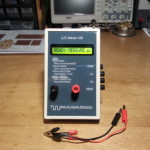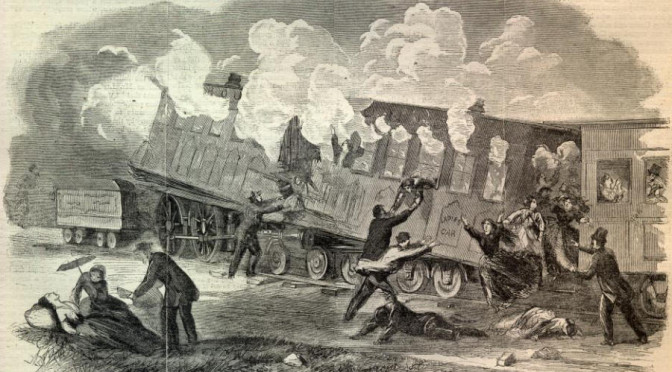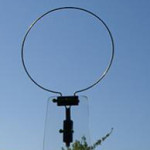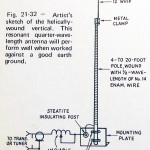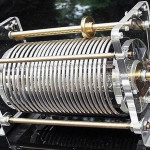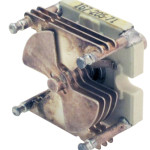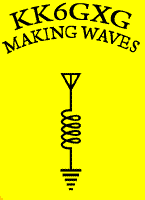 To keep domestic peace I have not been building on the Beach 40 non-stop as I might otherwise do and there is a side benefit… By taking some time away from the build I can clear out the cobwebs and refocus on the greater project to check my thinking and my work.
To keep domestic peace I have not been building on the Beach 40 non-stop as I might otherwise do and there is a side benefit… By taking some time away from the build I can clear out the cobwebs and refocus on the greater project to check my thinking and my work.
I still need to do testing on a few of the sections. However I have all but two sections assembled with only minor followups. I need to figure out the value of the common emitter voltage limiting resistor on the Audio Amp and I need to wined and connect the two bifilar toroids in the RF Amp.
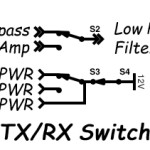
The last two sections to build are the Low Pass Filter and the T/R Switching sections. The bit that I have been burning cycles on is the T/R Switch. I want to do something that consumes the least power overall at-rest, something basic and bulletproof.
My current thinking on the T/R Switching is a pair of relays, one NO and one NC. RX on the NC and TX on the NO. This way everything is normally in the at-rest state and I only need to run one power lead from the TX momentary switch to both power leads on the relays. Since I don’t have the relays in stock I will need to go get a pair. Sounds like a trip to HSC. 🙂
Once I have the relays I will draw up a new schematic for this section and get it posted on the project page.
While not working on the Beach 40, I did do some radio stuff. I picked up some parts for stock from Jameco one day, a bag of varactor diodes, then two days later went back to pick up voltage regulators, a bag each of 5, 9, and 12 volts.
The XYL went with me to a local Radio Shack that is closing down. We picked up a bunch of zener diodes, a pair of bridge rectifiers, and some mechanical connections at 80% off. There wasn’t much left to pick through. I also found a pair of NO SPST relays which got me thinking more about the previously mentioned T/R switching circuit.
I also ordered a few bags of various op amp transistors that are frequently used in radio circuits. Purely a stock order, and I’m pleased to say the parts bins are slowly filling up and I am getting to the point I think I could actually build my next radio without going out and buying any parts. This is a good thing and I’m fairly certain my wife will agree.
Sneak Peak: I’m thinking about a Beach 20…
Also radio, not Beach 40, the beginnings of research on VFOs. I have been looking at a lot of material on VFOs without finding what I am looking for. I want something small physically, low power consumption, as close to all discrete components as possible, all readily available parts, stable, and a wide tuning range. A tall order I think.
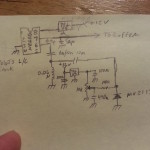
A first design only slightly out of specifications is this one I worked up from a test circuit diagram from N6QWs VVC page and the NE/SA602 spec sheet. It will be my VXO-X01 build. 😉
An Experiments page has been set up to keep a log of these kinds of long-term projects. I haven’t created the page for the VFO research yet but that will be up shortly after I update the Beach 40 build page.
One other non-radio, well mostly, is the slow planned migration to Linux. I have been wanting to this for a long time but the last time I tried it wasn’t so well planned. This time I am running both Linux (Ubuntu) and Windows (8.0) side-by-side rather than one virtual. It will be a long protracted process this time but it should result in a much better transition.
That’s it for now. Trying to keep the smoke inside the parts where it belongs until next time,
73,
~Jon KK6GXG

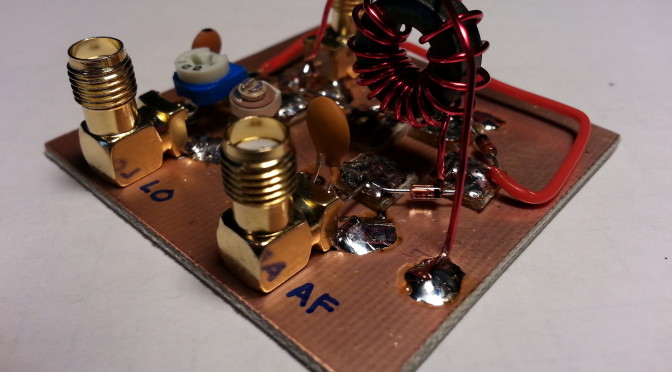
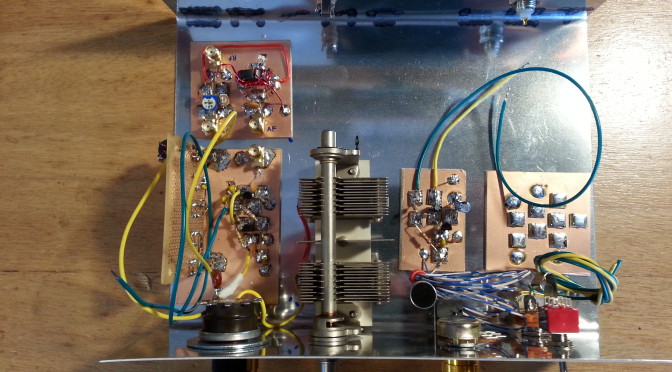
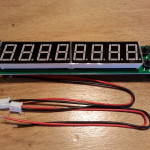
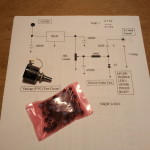
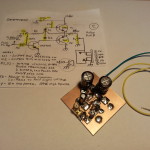
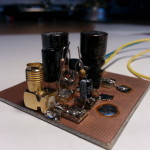
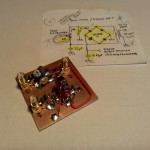
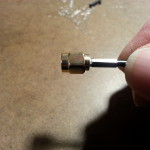
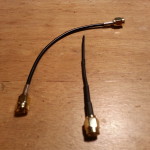
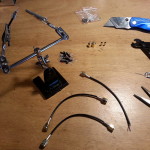
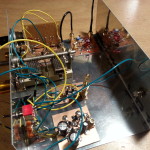
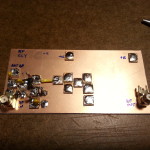

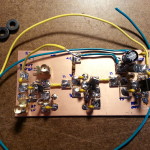
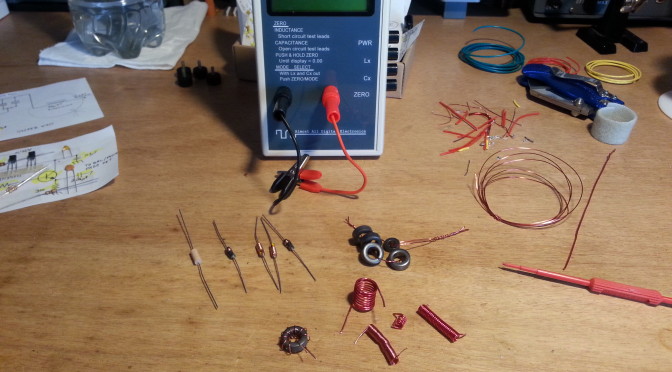
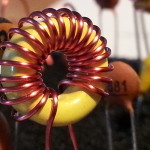
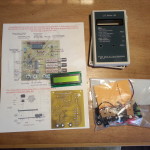
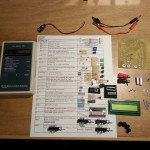
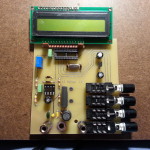 e only hiccough was technician error. I got all of the components soldered in, mounted the board in the back of the case, mounted the LCD, and plugged in the battery. When I turned on the power switch I got nothing. I knew from reading the instructions
e only hiccough was technician error. I got all of the components soldered in, mounted the board in the back of the case, mounted the LCD, and plugged in the battery. When I turned on the power switch I got nothing. I knew from reading the instructions 